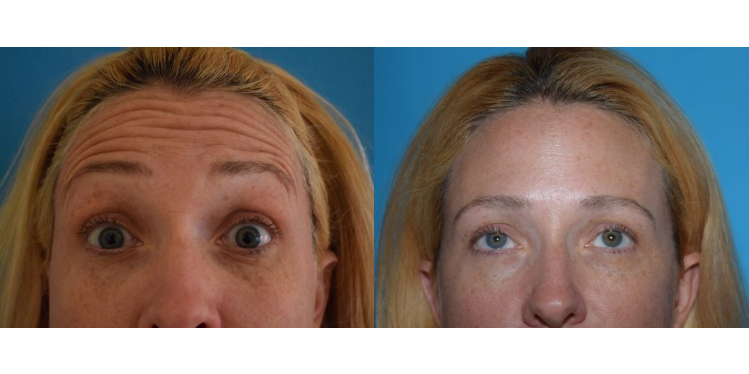
WHEN IS THE RIGHT AGE TO START BOTOX?

Is there a specific age or a particular marker that tells me that a patient is an appropriate candidate for neurotoxins like Botox, Dysport, and Xeomin? For someone interested in one of these treatments, when is the right time and how do we know?
FIRST, DEFINE THE PROBLEM
With certain expressions, facial muscle contractions cause creases to form in the skin. When we raise our eyebrows, lines form on the forehead. When we scowl, lines form in between the eyebrows (commonly referred to as “11” lines for the simple reason that they look like the number 11). When we squint, lines sprout from the lateral edges of our eyes (known as “crow’s feet” due to the resemblance to a bird’s foot). Now no matter what age we are, these lines will be evident when we express ourselves. What happens over time, however, is that these creases deepen such that they are visible even when our muscles are at rest (i.e. we are expressionless). To the human eye, this is an indicator of aging. When our subconscious brain analyzes the picture of a person’s face, it identifies these lines and informs the conscious mind that we are looking at an older face or at least a face older than one without these lines.
WHAT’S THE SOLUTION?
In 1980, someone had the brilliant idea that maybe, just maybe, if we selectively targeted muscles in the face, we could eliminate these lines. So we injected neurotoxin (sounds scary doesn’t it?) whose main effect was temporary muscle paralysis and presto, we saw immediate benefits. Even if these creases had formed, these neurotoxins effectively softened them. Furthermore, if neurotoxin therapy was initiated before the lines had even formed, we could keep skin smoother longer and delay the aging process. The picture below was from a twin study by Dr. William Binder where one twin was treated with regular Botox therapy for 13 years (patient on the right) while the other was not (patient on the left). The result is impressive and highlights the preventative nature of neurotoxin therapy.
SO WHEN DO WE START PREVENTATIVE TREATMENT?
Knowing that some people prefer prevention to treatment and knowing neurotoxin therapy is good at prevention, when should interested patients sign up? In my practice, the earliest I will consider treating patients with this therapy is in their late 20s (think 28-30 years old). This is not a hard fast number but overall this has been my experience. I have two reasons for this:
- This is typically when the earliest signs of facial expression lines begin to appear in the most subtle of ways. By starting at this age, we can delay their progression and maintain a nice smooth complexion.
- Because the lines have only subtly formed if at all, the treatment itself can be more subtle. I can choose to weaken the muscle rather than paralyze them altogether. This more effectively preserves the patient’s ability to express him or herself for a more natural look.
SO WAIT, AM I TOO LATE?!!
I know what you’re thinking. You’re telling me I should have started around 30 years of age. Well I’m in my late 30s, 40s, 50s, etc and these deep creases in my face have already formed so now what? Well don’t despair. Remember, this therapy is not just about prevention. It also treats the lines that have already formed and softens them over time. The photo below shows the forehead of a 45-year old male who had deep lines at rest. After a single treatment of botox, look at how the lines already softened just 2 weeks later with the forehead at rest. So even if you missed the noat on prevention, neutotoxin therapy can still do wonders to take years off your face!
To learn more about therapy with neurotoxins like Botox and Dysport, call today for a consultation!

